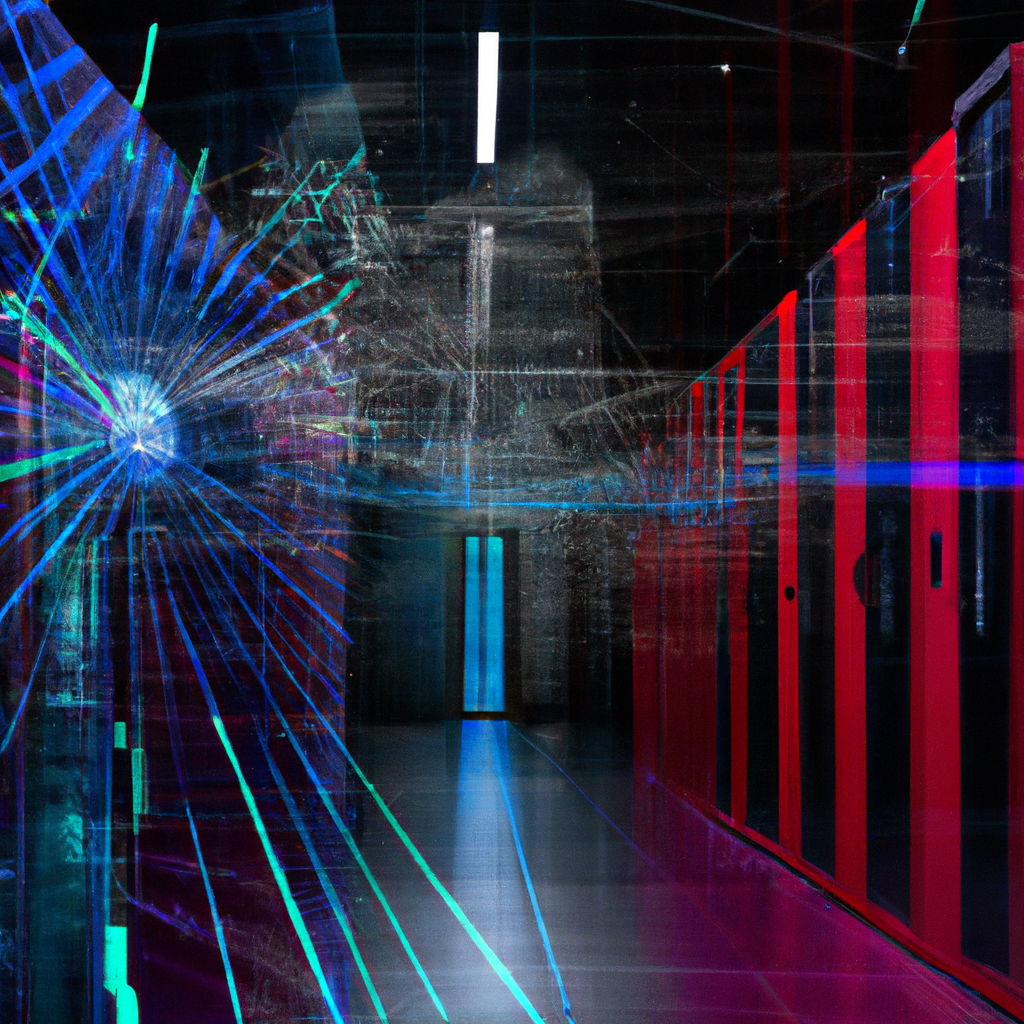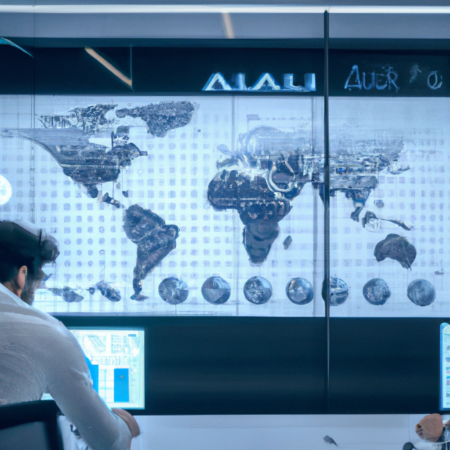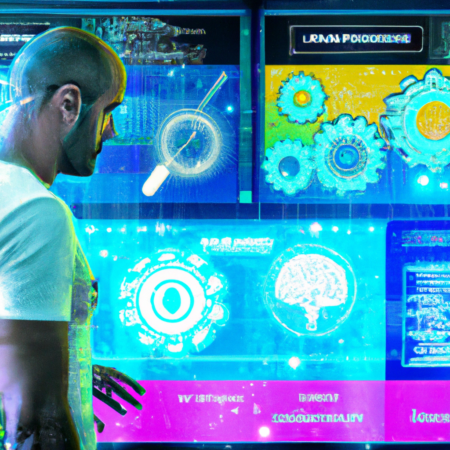Exploring the Future of DevOps: Trends and Tools in 2025
As we move further into the decade, the landscape of DevOps continues to evolve at a rapid pace. This post delves into the emerging trends and tools that are shaping the future of DevOps in 2025, offering valuable insights for developers, operations teams, and tech leaders alike.
Automation and AI Integration
The integration of AI in DevOps has transitioned from a novel innovation to a core component of development strategies. AI-driven analytics and automation tools are now pivotal in optimizing processes like continuous integration and deployment, predictive analytics, and real-time problem resolution.
Infrastructure as Code (IaC)
The adoption of IaC has become more prevalent, allowing teams to manage their infrastructures more efficiently through code. Tools like Terraform and Ansible are at the forefront, enabling scalable and reproducible environments that reduce human error and enhance consistency.
Increased Focus on Security
The rise of cybersecurity threats has made security a top priority in DevOps practices. Enhanced security protocols, integrated at every stage of the development process, ensure that vulnerabilities are addressed more swiftly and effectively.
Serverless Architectures
Serverless computing continues to grow, reducing the need for traditional server management and allowing developers to focus on coding. This model supports quicker adjustments to market demands and simplifies operations at scale.
Edge Computing
With the expansion of IoT devices, edge computing has become crucial in handling data processing closer to the source. This reduces latency, improves app performance, and enhances user experiences across various industries.
Conclusion
As DevOps evolves, staying informed about these trends and tools is essential for any tech professional looking to stay ahead in 2025. Embracing these changes will not only streamline operations but also provide strategic advantages in a competitive landscape.






